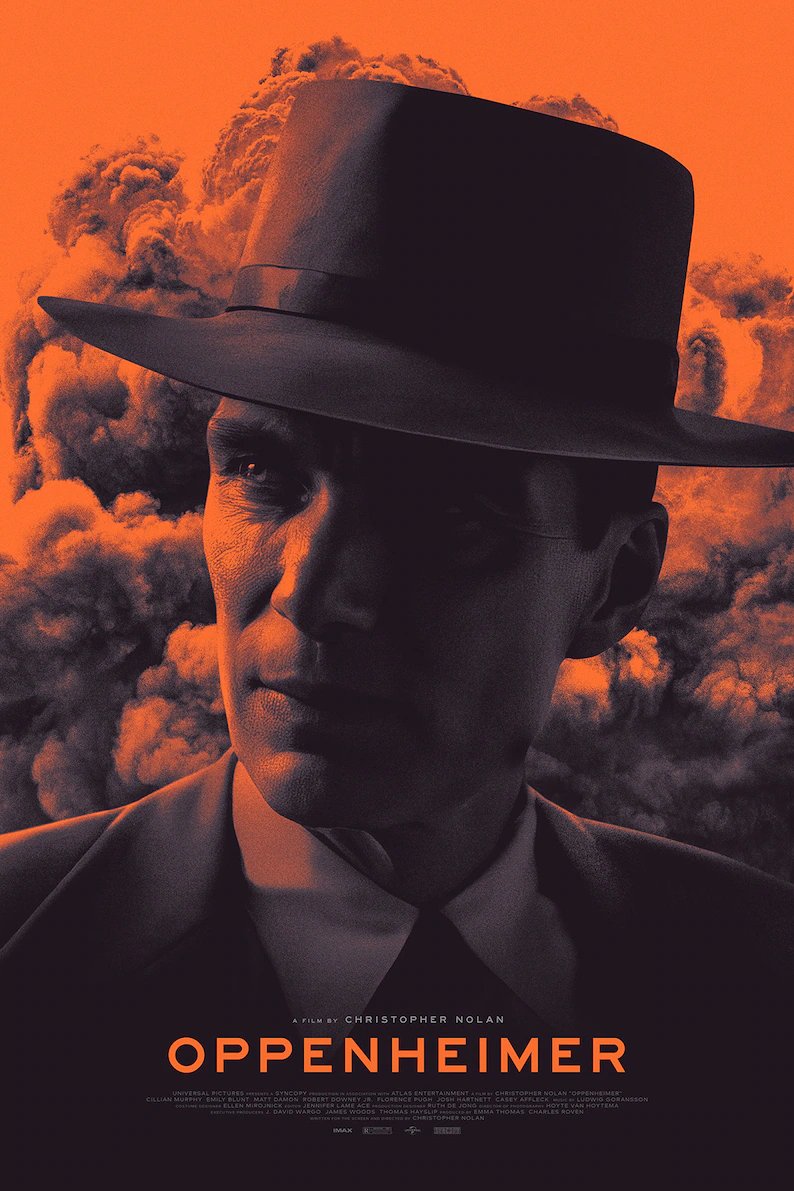1954..!!
In a secret building in Washington DC, USA, in a courtroom organized with complete privacy and high security, the court begins the trial of a crucial case. One of the greatest scientists America has ever seen stands accused in that indictment. Based on the evidence presented by the prosecution and the scientist’s connection to the top security secrets of the United States of America, the court concluded that “He is a threat to national security until proven not guilty.”
Although he was not a communist primarily, the court came to such a conclusion because of his reaction to communist ideas and his experience with many issues of public interest raised by communists. The name of that nuclear scientist who stood in that courtroom, smoking a Chesterfield cigarette was Dr. J. Robert Oppenheimer..!!
This court ruling created an earthquake in the United States. If Oppenheimer could not be trusted, the American people asked, who else could be trusted? Because Oppenheimer’s place was that high even in the minds of ordinary people. They used to believe that this great man who showed genius from quantum physics to poetry taught Japan a lesson. Yes, the creator of the world’s first atomic bomb, JR Oppenheimer.
The story of the extraordinarily talented scientific researcher that America saw, being a part of the Manhattan Project, which determined the course of the Second World War, and the story of that great man who was filled with guilt because of the deadly weapon that had to be built at the insistence of someone and took the lives of millions of people and caused the suffering of billions of people for generations.. This is the latest movie directed by the great Christopher Nolan; Oppenheimer. When asked why Oppenheimer is different from other Nolan films, the first answer that comes to mind is that ‘it is a biopic’. Oppenheimer is unique in while Nolan is directing a biopic, it is also about making a film about the life of a great man hailed as a hero and villain by the same people and the pages of history so profoundly.
It was extraordinary and exciting for cinegoers when Oppenheimer came in with an 18 km film reel, an insistence on shooting in IMAX, and Nolan’s instructions on which seats to sit in the theatre to watch the movie for having it’s full fledged experience. No matter who else is in the movie or what else is in the movie, the biggest hype factor for a Nolan movie is the name Christopher Nolan itself.
Use of New Track
Oppenheimer’s is not the narrative style that his previous films or typical biopics followed. The story is told in two different tracks named “Fiction” and “Fusion”. The narration of the film is non-linear editing of these two tracks.
In this, the track called Fiction was shot in color. The track follows the first-person narrative of Oppenheimer, who is branded a Soviet spy and denied security clearance after the war. The second track is called Fusion. It takes place a few years after the events shown in the fiction track. Here, Oppenheimer is seen from the point of view of Lewis Straws, played by Robert Downey.
In my opinion, it is because of this one narration style which many may find confusing, that despite the three-hour length, the film does not feel any lag. Even people who do not know the science and history behind the story find the film engaging and thrilling, it is because of this narration style.
In the Fiction part here, Nolan adapted the process of transforming one object into two or more objects. The same is what we see here in the track called fiction. Oppenheimer’s personal life, relationships, professional life, the Manhattan Project and its aftermath, etc. Fusion is the process of two or more objects joining together to form one object. The same is what we see here in the narrative called Fusion, and the events/revelations in this track bring Oppenheimer’s story together and bring it to us as a complete picture.
Dealing With Hiroshima
To this day, much debate surrounds the American decision to use the atomic bomb on Japan. There are historians who say that the use of the atomic bomb was a “necessary evil”, considering how many more people would have died if the war had continued and if Japan had not surrendered then. Nolan has told the story without holding these two sides. That is the greatest quality of the politics of Oppenheimer. The dialogues in the film are so strong and clearly political.
CBFC Controversy
There is an experience that comes when the actors give powerful performances as characters that are written with a lot of detailing. Cillian Murphy delivered his career best through this movie, in my opinion. Coupled with the top grade political dialogues and technical perfection, it can’t be called anything other than a “cinematic wonder”. Oppenheimer proceeds by creating vibrations in the theater through the sound designing. The Indian Censor Board, which showed its eagerness to clothe a female character in a film, that does not even use CGI in a single shot, is the answer to the question why films like Oppenheimer are not made here.
Where is Hymer’s place in history??
With Villain’s or With Hero’s??
Hymer must have been a true hero to the American people. Who else will be the creator of the weapon that made their enemies fall?? But who was Oppenheimer ‘the human’ to himself after that incident??
“Now I am become Death, the destroyer of worlds..!!”
– Bhagaresigning (mis) quoted by Dr. J Robert Oppenheimer.
By Devdath

